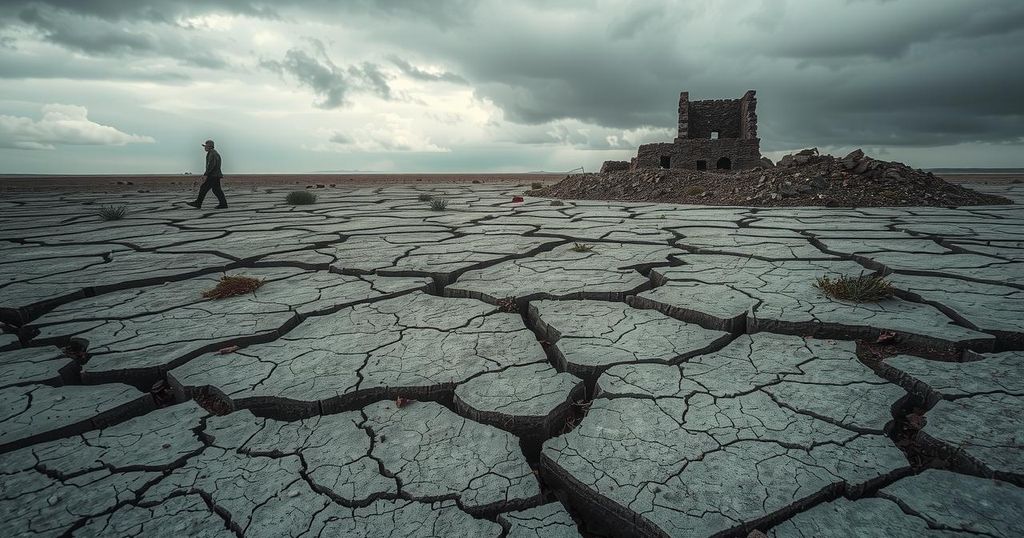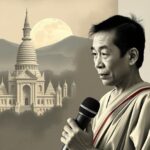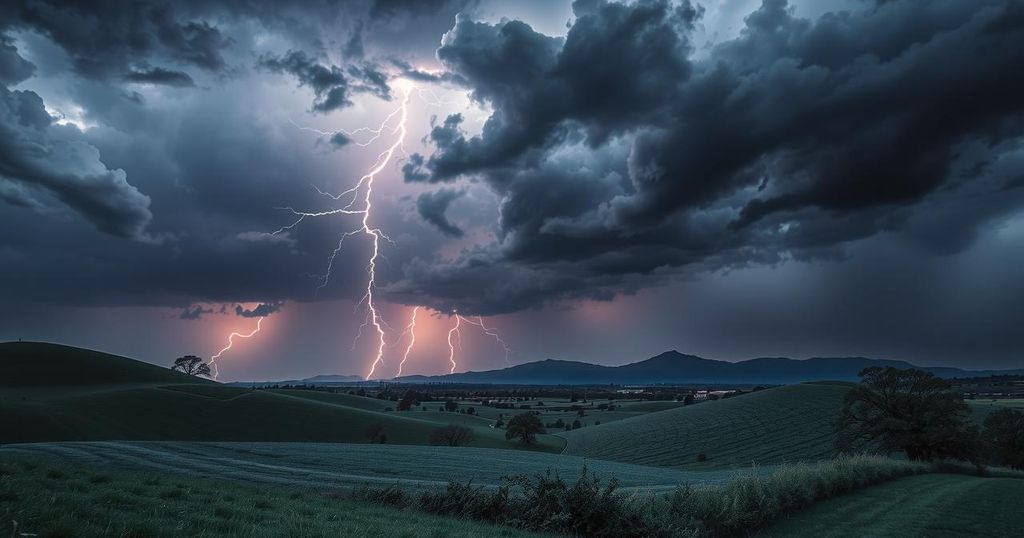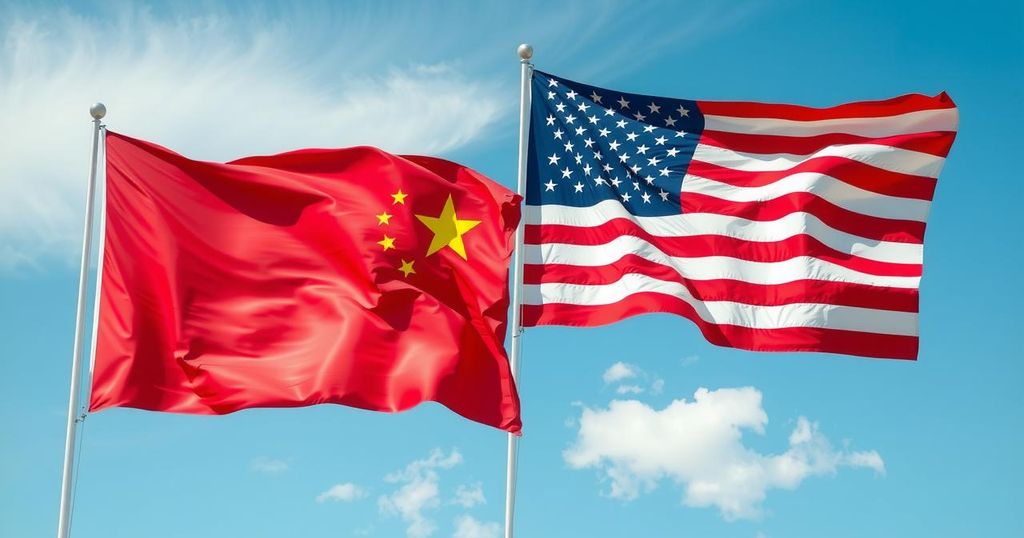Myanmar’s Ongoing Civil War: An Overview of Crisis and Conflict
Myanmar is embroiled in a civil war initiated by a military coup in February 2021, leading to over 6,000 civilian deaths and displacement of millions. The conflict involves over 2,600 rebel groups battling the military junta, with the geopolitical interests of China, India, and ASEAN further complicating the landscape. The imminent 2025 elections may exacerbate tensions, highlighting challenges of governing in an ethnically diverse, unstable nation.
Myanmar is currently enveloped in a civil war following a military coup on February 1, 2021. This conflict involves over 2,600 rebel groups and the military junta fighting for dominance. As a result, civilian casualties have surpassed 6,000, with the looming threat of widespread famine affecting millions. The situation remains dire, complicated by the geopolitical interests of neighboring countries, particularly China, India, and ASEAN, which have refrained from intervening directly.
Initially, the coup ousted the democratically elected government of Aung San Suu Kyi, leading to widespread protests and the eventual eruption of civil war. The military junta has responded with brutal tactics, targeting civilian populations indiscriminately, resulting in significant casualties. Concurrently, rebels and ethnic militia groups, some dating back decades, have gained strength and territorial control, further escalating the conflict.
Myanmar’s historical context is essential for appreciating the complexity of the current civil war. Following independence in 1948, various ethnic groups engaged in armed conflict due to unfulfilled promises of autonomy. A centralized military-dominated governance structure has exacerbated tensions, as the ruling elite has consistently relied on military force to maintain control.
The multifaceted nature of the rebel movements poses another challenge. Over 2,600 groups have emerged, many formed by local activists and fleeing civilians. Ethnic armed organizations, which previously fought for autonomy, have joined forces with these new groups, employing guerrilla tactics against the military. Although cooperation exists among different factions, diverging goals and internal conflicts complicate their unified efforts against the junta.
Civilian suffering is profound, with the United Nations reporting over 6,000 deaths, and many more displaced. Atrocities committed by military forces include executions, torture, and widespread destruction of infrastructure vital to public health and safety. The economy is collapsing, leading to an impending famine that could affect millions.
Myanmar’s neighboring countries exhibit conflicting interests regarding the conflict. China plays a crucial role, providing ambiguous support to the junta while maintaining relations with ethnic armed groups near its border. Southeast Asian nations, while expressing a commitment to peace, have largely failed to present a cohesive strategy to address the crisis.
The junta’s plans to conduct elections in 2025 are widely viewed as a façade to illegally legitimize its rule. Critics assert that the military seeks not only to consolidate its power but to gain international recognition. This electoral effort is expected to escalate tensions, as both the military and rebel factions vie for control amid ongoing violence.
Despite the junta’s current strength in maintaining internal control, the likelihood of ongoing civil conflict and instability remains high. Should the junta collapse, control over territory may fragment among ethnic armed organizations, potentially leading to further chaos and anarchy in Myanmar. As such, the nation faces an uncertain future plagued by violence and humanitarian crises.
Myanmar has a complex ethnic landscape, comprising roughly 135 distinct groups vying for autonomy and control. The military’s dominance since the 1962 coup has sidelined civilian governance and has been a source of ongoing unrest. The present conflict is an extension of historical grievances rooted in the country’s governance structure following its independence from British colonial rule.
The civil war in Myanmar represents a critical unravelling of the nation’s social fabric, deeply entrenched in ethnic conflict and military dominance. The junta’s actions have led to tragic civilian casualties and an economic collapse threatening widespread famine. As the international community navigates its response, the precarious balance of power among various factions suggests a protracted struggle for control over the future of Myanmar.
Original Source: www.genocidewatch.com








Post Comment